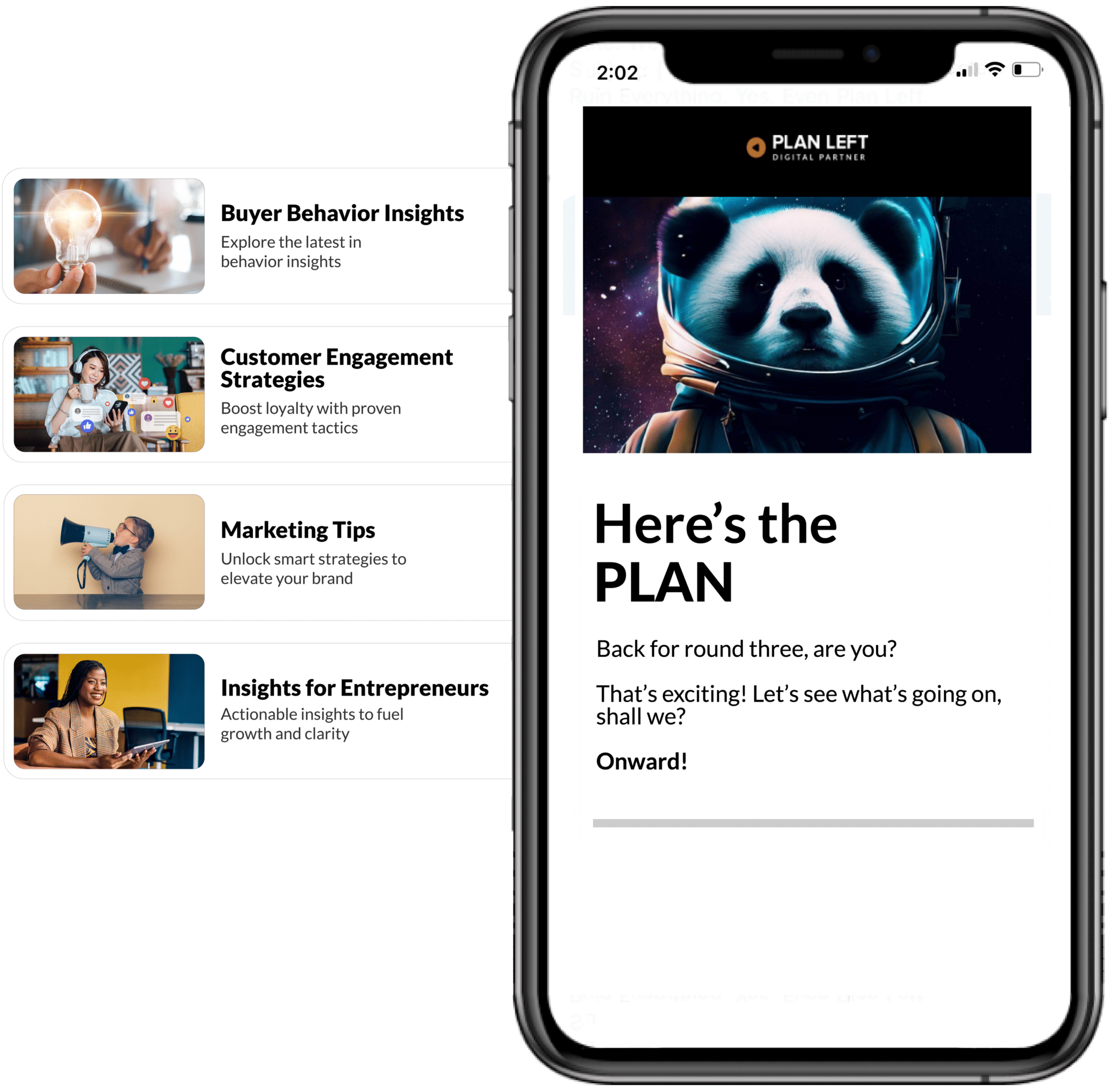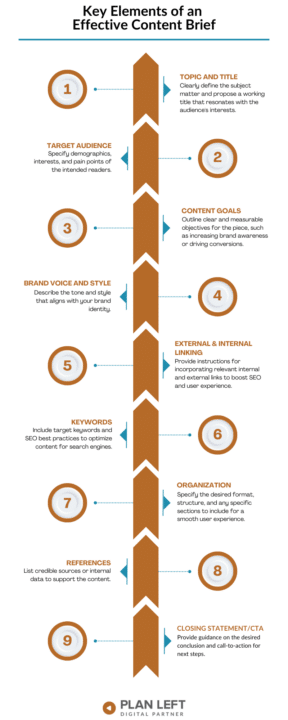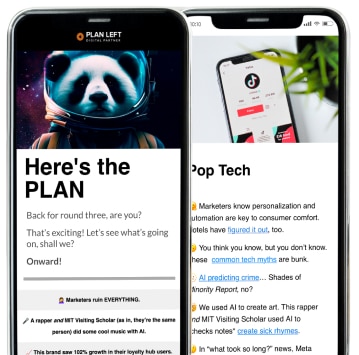
Creating an effective content brief is key to streamlining the content creation process and achieving high-quality output. By investing time upfront in crafting comprehensive briefs, marketing teams can boost productivity, improve content consistency, and drive better results.
The Power of Content Brief Templates
Content brief templates are an essential tool in any content generation strategy. They provide a standardized framework that can be easily customized for each new piece of content, saving time and promoting consistency across your content portfolio.
According to the Content Marketing Institute, 71% of B2B marketers believe that content has become increasingly important over the past year, highlighting the need for effective content strategies. A well-built content brief can significantly reduce the time spent on revisions and miscommunications, ultimately improving the quality of the final product.
While it may take 1 to 4 hours to create a comprehensive brief, the time saved in the writing and editing phases is substantial. This investment pays off by:
- Maintaining consistency in quality
- Aligning with brand tone and voice
- Saving time and money in the long run
- Helping scale content production efficiently
Key Elements of an Effective Content Brief
A well-constructed content brief serves as a blueprint, outlining the main points and objectives of the content piece while providing clear guidelines to the writer. Here are the essential components to include:
- Topic and Title
- Target Audience
- Content Goals
- Brand Voice and Style
- External and Internal Linking Guidelines
- Keywords
- Organization
- References
- Closing Statement/CTA
Streamlining Your Content Brief Creation Process
To create time-saving content briefs efficiently:
- Develop a Standard Template: Create a reusable template that includes all necessary sections, saving time on repetitive setup.
- Use AI-Powered Tools: Leverage AI writing assistants to generate initial drafts of briefs, which you can then refine and customize.
- Implement a Collaborative Workflow: Use project management tools to streamline the brief creation and approval process among team members.
- Create a Knowledge Base: Maintain a centralized repository of brand guidelines, audience personas, and common content goals for quick reference.
- Conduct Regular Audits: Periodically review and update your brief template based on performance data and team feedback.
By investing time in creating a thorough, well-researched content brief, you can deliver high-quality, consistent, and targeted content that meets your objectives and resonates with your audience. This upfront effort will streamline your content creation process, reduce revisions, and ultimately save time and resources in the long run.
Explore Latest Posts
5 Signs Your Business Is Ready to Own Its Marketing (Without an Agency) The default assumption in business is that ... read more
December 31, 2025
From Feast to Famine: How to Create Predictable Revenue in Your Business Three months ago, you couldn't take on another ... read more
December 29, 2025
Why Competing on Price Is Killing Your Margins (And What to Do Instead) When a prospect asks "how much do ... read more
December 25, 2025
Essential Strategies for Entrepreneurs
Get Actionable Business Insights & Marketing Tips
Our newsletter delivers real-world strategies from entrepreneurs who’ve been exactly where you are.
Sign up now for:
- Actionable growth strategies that work
- Insider tactics for attracting top talent
- Real-world case studies from successful founders
- Emerging tech trends that drive innovation
- Pragmatic marketing approaches for visionary leaders





